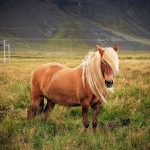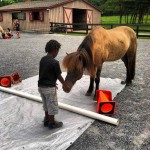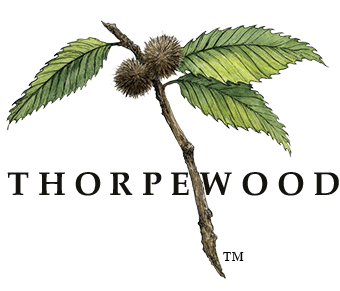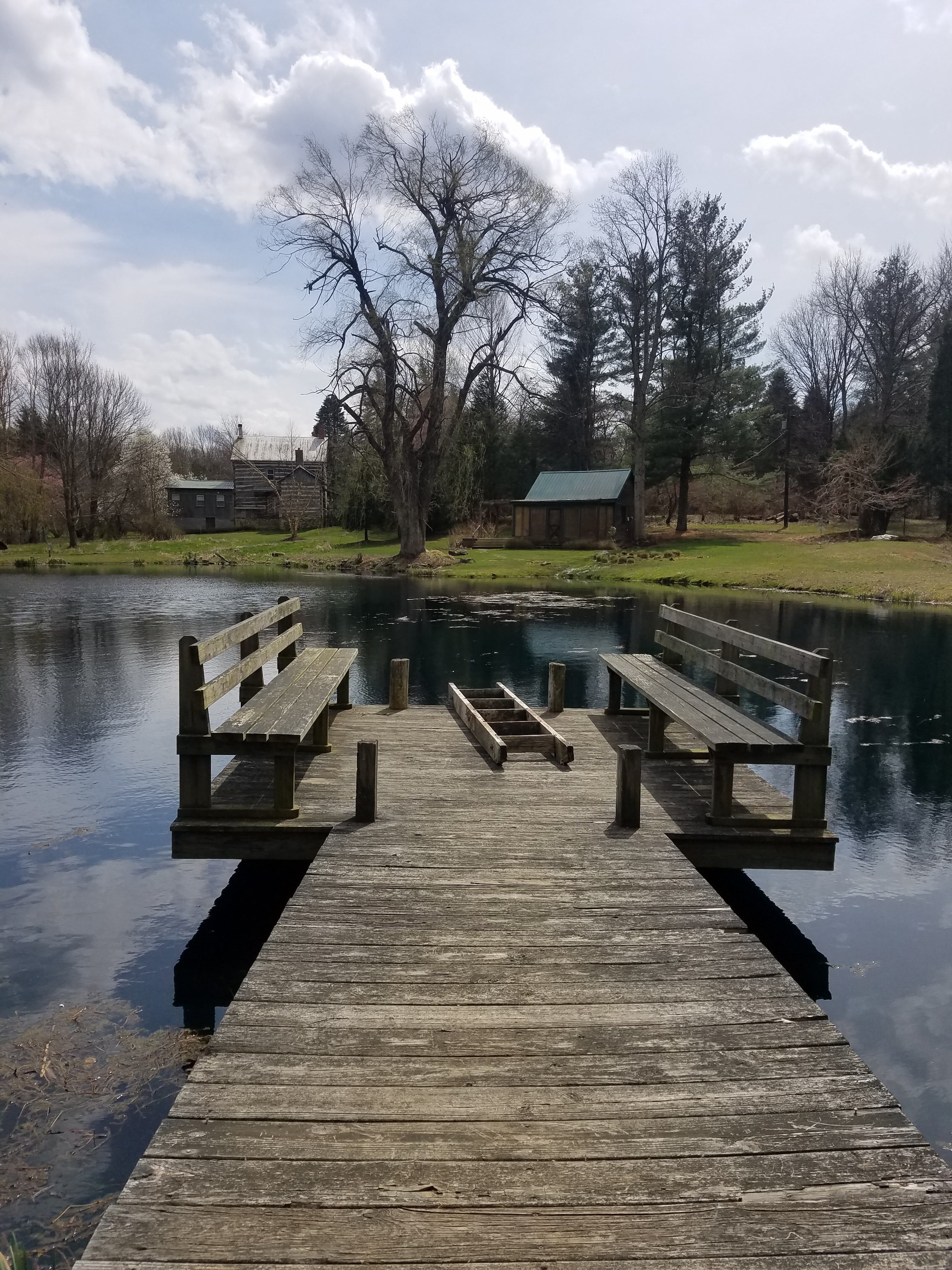 You have heard us refer to our Equine Assisted Learning (EAL) program which we offer here at ThorpeWood. So often, as folks read “equine assisted learning,” the immediate conclusion is that the program is about horses – that in order to participate you need to know about horses, be a horse person or have some familiarity with horses. Let me debunk these assumptions right now. EAL is a remarkable experiential learning program and “yes” horses are the essential element in the program, but the horse becomes our partner and the critical ingredient in the “learning” process.
You have heard us refer to our Equine Assisted Learning (EAL) program which we offer here at ThorpeWood. So often, as folks read “equine assisted learning,” the immediate conclusion is that the program is about horses – that in order to participate you need to know about horses, be a horse person or have some familiarity with horses. Let me debunk these assumptions right now. EAL is a remarkable experiential learning program and “yes” horses are the essential element in the program, but the horse becomes our partner and the critical ingredient in the “learning” process.
What happens is that as natural consequence of being with the horse, we experience root elements of basic communication. Processing this experience, with the intention of understanding that how horses communicate may indeed have relevancy to how we relate to one another – perhaps guiding us to developing deeper more meaningful relationships. The horse is such a patient instructing partner in the process, that for us to take what we experience into our own lives, experiences and relationships seems to be a natural flowing consequence of the EAL program.
One of the great boons to ThorpeWood is our herd of Icelandic horses. They make a perfect partner for our EAL program. Here are some fun facts about the Icelandic horse from the United States Icelandic Horse Congress’ website:
Origin
The Icelandic horse breed originates from Iceland where it has been bred, without any known introduction of foreign genetic material, since the island was settled around the year 900 AD. Its closest relatives today are assumed to be the native horse breeds of Scandinavia and horse breeds of the British Isles. The Icelandic horse is pure-bred with all ancestors traceable to Iceland.
Size
The height of the Icelandic horse generally ranges from 125 to 145cm (4’1″-4’8″ or 12.3-14.3 horse hands) when measured with a stick at the highest point of the withers. The average for mares is 136cm (4’5″ or 13.39 hh) and for stallions 138cm (4’6″ or 13.58 hh). The grown Icelandic horse weighs around 300 to 400kg (661-881 lbs).
Colors
Most known horse colors and markings can be seen. The most dominant colors are chestnut, black and bay but grey and tobiano are also quite commonly found. More than one hundred color varieties may be found in the Icelandic horse breed.
Conformation
Conformation may vary considerably but a typical Icelandic horse is rectangular and compact in shape. Typical of the breed is a sloping croup, a long, thick mane and tail, and a thick, protective coat in winter.
Performance
The Icelandic horse is a riding horse. The horse is unique in its gaits and virtually all Icelandic horses have tölt in addition to walk, trot, and canter/gallop. Many horses have the additional gait of very fast (flying) pace. As a riding horse it is extraordinarily versatile – a capable, willing horse for pleasure riding, and for sport competitions, suitable for adults and children. The horse is tough, independent, yet sociable and easy to get on with, is self-assured and has good staying power.
Longevity
The horse matures slowly and is generally not completely grown until the age of six or seven. It has a long active life span (25-30 years is not unusual).
Health
The overall health of the Icelandic horse is very good. Fertility is high and both sexes can be fit for reproduction up to the age of 25 to 27 years.
Naturally, the Icelandic horses smaller size makes them especially suitable for their role as EAL partner for children but of much greater importance is their solid character and sound mind that particularly equips the Icelandic horse for EAL work with children and adults. The International Museum of the Horse – Kentucky Horse Park describes the Icelandic horse as “friendly, docile and easy to handle, although also enthusiastic and self-assured.”
ThorpeWood is blessed to have a herd of Icelandic horses, and we value the tremendous benefits these horses offer us. Stabled at Stoney Lick Farm, ThorpeWood’s Icelandic horses are truly a beautiful sight to behold.

